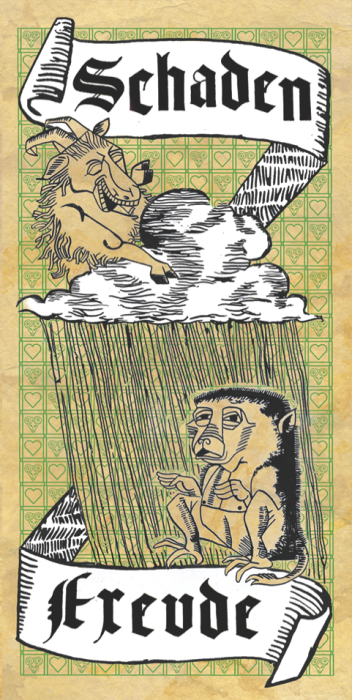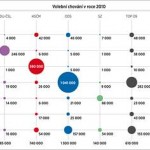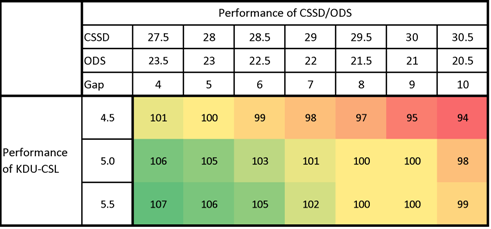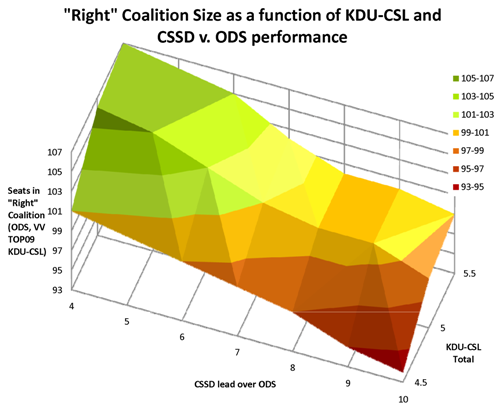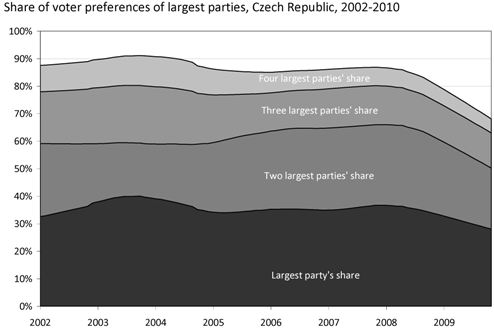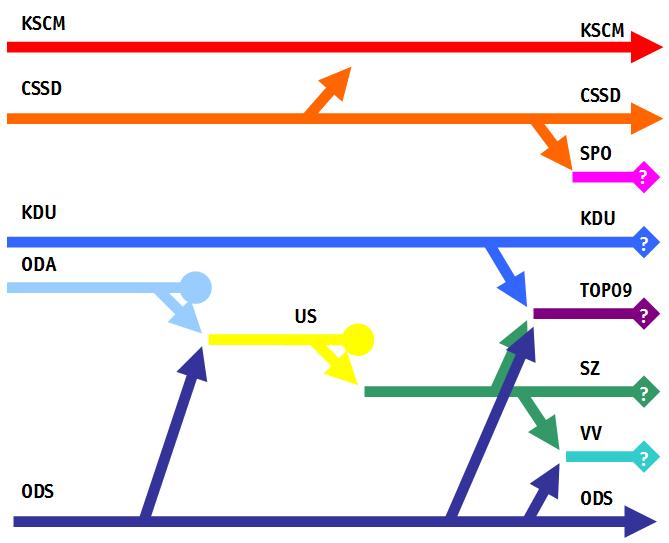 The smiling gentleman pictured here–Tim Haughton of the University of Birmingham–is not a blogger, but he should be, and so I have pressured him into sharing his impressions of electoral politics in the Czech Republic in the run-up to today’s election. I have the good fortune not only to profit from Tim’s insightful analysis of European politics on an almost daily basis but also to be able to call him a close friend. With less than an hour to go before we get the results, I want to share his first-hand observations of the Czech political scene in Prague on the ground level on the last day of campaigning, a piece that is not only astute but also beautifully evocative of the city from which he is writing.
The smiling gentleman pictured here–Tim Haughton of the University of Birmingham–is not a blogger, but he should be, and so I have pressured him into sharing his impressions of electoral politics in the Czech Republic in the run-up to today’s election. I have the good fortune not only to profit from Tim’s insightful analysis of European politics on an almost daily basis but also to be able to call him a close friend. With less than an hour to go before we get the results, I want to share his first-hand observations of the Czech political scene in Prague on the ground level on the last day of campaigning, a piece that is not only astute but also beautifully evocative of the city from which he is writing.
City of Angels: Impressions of the Czech Election Campaign
Tim Haughton, University of Birmingham
There are two rules for political scientists studying an election in another country: don’t just visit the capital and try not to rely on your closest contacts. Although I’ve fallen into both traps, in response to Kevin’s request for a post for his excellent pozorblog, here are a few impressions.
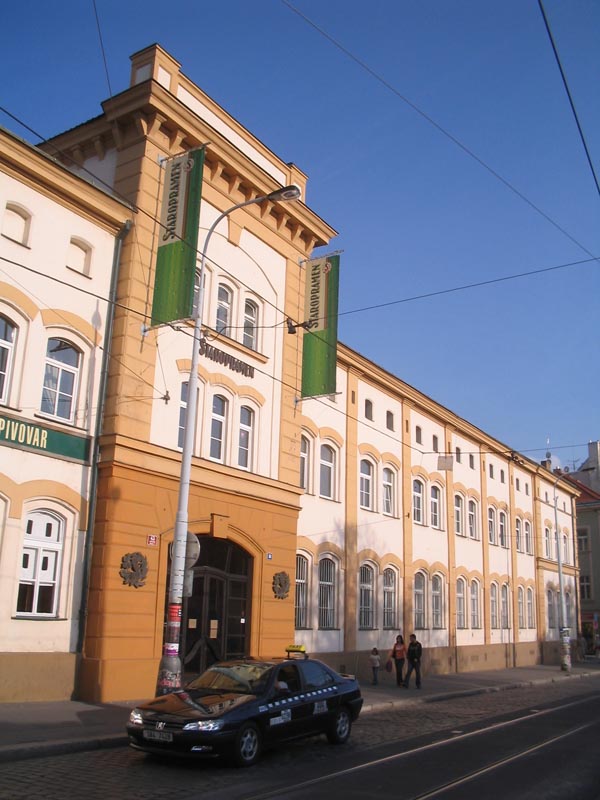 Thanks to the timing of my students’ exams, piles of undergraduate dissertations to mark and other exciting administrative tasks, I arrived in the Czech Republic late on Wednesday with just one day of campaigning to go. As my wife is a native of Prague the first duty (and pleasure) whenever we visit the Czech Republic is to meet up with the family. In a local watering-hole in the shadow of the Staropramen brewery, with the golden beer quenching our thirst, the debate begins.
Thanks to the timing of my students’ exams, piles of undergraduate dissertations to mark and other exciting administrative tasks, I arrived in the Czech Republic late on Wednesday with just one day of campaigning to go. As my wife is a native of Prague the first duty (and pleasure) whenever we visit the Czech Republic is to meet up with the family. In a local watering-hole in the shadow of the Staropramen brewery, with the golden beer quenching our thirst, the debate begins.
My wife’s family all enthusiastically jangled their keys in November 1989 welcoming the end of communist rule. They swung behind Klaus and the Civic Democratic Party (ODS) in the early 1990s keen to see rapid marketization, democratization and a ‘return to Europe’, but as the decade progresses they became increasingly disenchanted by Klaus’s arrogance and the corruption, lies and incompetence of ODS, not just at the national level, but also in the capital where the party has (mis)ruled since the early 1990s. Twenty years after the first time they cast their votes in a free election, they remain largely undecided about whom to vote for this time.
One member of the family is set on voting for the Greens. The party entered parliament in 2006 and became a member of the Topolanek government, but has haemorraged support in the past couple of years and if the polls are to be believed will fall well below the 5% threshold. The support of former president and iconic figure Vaclav Havel maybe doesn’t count for much in Czech politics anymore, but he does offer a sign of where some of the moral, upstanding people may remain in Czech politics.
Another member of the family is inclined to support TOP ’09, a relatively new party formed as the name suggests last year. The centre-right party which offers tradition (‘T’), responsibility (‘O’) and prosperity (‘P’) has at its head Karel Schwarzenberg. The former Foreign Minister (nominated by the Greens to the Topolanek government) is a popular figure who appears everywhere in the TOP 09 material. ‘I am voting for the prince’ declares the family member rather than mentioning the name of the party. The avuncular aristocrat may speak an odd version of Czech betraying his roots and long exile in Austria during communist rule, but he is trusted, not just thanks to his experience and skills, but because he is not afflicted by the disease of Czech politics: corruption.
‘How can you vote for TOP ’09 declares another member of the family? Schwarzenberg maybe a great figures, but ‘what about [Miroslav] Kalousek’. The creator of the new party who shrewdly persuaded Schwarzenberg to join may have been a relatively successful finance minister, but his career is not free from the strains of corruption and dirty dealing. Kalousek – just like leading figures in ODS such as Prague major Pavel Bem and former Prime Minister Mirek Topolanek – is far from being an angel.
All member of the family dislike the Communists with a vengeance and have little sympathy for Jiri Paroubek the leader of the most popular party in the Czech Republic, the Social Democrats (CSSD). Paroubek may have given a very positive impression in CSSD’s party political broadcast as he spoke in glowing terms about his country and vision for the future but put him in a media studio and out comes the street fighter. In the car from the airport my mother-in-law recounts in great detail the insults Paroubek and ODS leader Petr Necas traded during the latest radio debate.
One other round the table is tempted to go for Christian Democratic People’s Party (KDU-CSL). The party lost many prominent members and support when Kalousek left the party to form TOP ’09. The party’s old-new leader Cyril Svoboda is one of the great survivors of Czech politics who has held office in governments led by the left and the right and has not been stained by a major corruption scandal. His moderate, Christian, pro-European stance isn’t everyone’s cup of tea, but even those enthused to vote KDU-CSL recognize the possibility that the party won’t cross the threshold and will hence be a wasted vote.
 Where else to head this morning in the city of such whiter than white politicians than ‘Andel’ (angel)? In fact I spent most of the day travelling between Andel and Republic Square. ODS is the dominant party in Prague with strong levels of support. The party offers the best pre-election meeting at least for the hungry and thirsty. The smell of sausages and draught beer entices many of the shoppers to stop and listen to the music and collect the party’s material. Elsewhere on the street young, pretty Czech girls decked out in blue T-shirts (the party’s colour) hand out bags of party material to all who come within range.
Where else to head this morning in the city of such whiter than white politicians than ‘Andel’ (angel)? In fact I spent most of the day travelling between Andel and Republic Square. ODS is the dominant party in Prague with strong levels of support. The party offers the best pre-election meeting at least for the hungry and thirsty. The smell of sausages and draught beer entices many of the shoppers to stop and listen to the music and collect the party’s material. Elsewhere on the street young, pretty Czech girls decked out in blue T-shirts (the party’s colour) hand out bags of party material to all who come within range.
Just along the road is a small CSSD stall. It doesn’t compete in size with the ODS, but it does offer a fuller bag of goodies including a book written by the party’s Prague bigwig, Peter Hulinsky, and has the clever idea of handing out orange roses – a smart way to get the romantic vote. Even if orange is a slightly odd colour for roses (unlike the party’s sister parties abroad CSSD adopted the colour orange thanks to the advice of marketing gurus in the run-up to the 2006 elections), at least orange looks like an almost natural colour for roses, whereas blue would look decidedly odd.
Further along the street are a couple of Green party activists desperately trying to attract the attention of the passing shoppers. Their efforts, even under a sign declaring the greens are not dead, seem not enough to revive the voters who backed the party in 2006. A stall of the small Party of Free Citizens set-up by the Klausite policy wonk Petr Mach has a greater number of party activists sheltering from the drizzle, but it is not attracting much interest, unsurprising for a party which barely registers in opinion polls.
 A short metro journey away the Prague Communists are having their final rally. A small crowd of mostly white and grey-haired citizens have congregated to listen to some of the city’s communists including the leader of the party’s list in Prague Jiri Dolejs. No-one seems especially enthusiastic, although one of the female speakers who bemoans developments in the past twenty years earns plenty of nodding heads. The criticisms of developments of the past two decades seem rather incongruent given the party’s stall is next to one of the new shopping centres. A symbol of capitalism sure, but one the citizens of Prague seem to be enjoying with relish judging by the number of shopping bags in hands. On the opposite side of the square, the Social Democrats also have a stall. No set-pieces speeches here, just more orange roses, a jazz quartet and the presence of the larger-than-life Interior Minister Martin Pecina who towers above the citizens who are asking him questions.
A short metro journey away the Prague Communists are having their final rally. A small crowd of mostly white and grey-haired citizens have congregated to listen to some of the city’s communists including the leader of the party’s list in Prague Jiri Dolejs. No-one seems especially enthusiastic, although one of the female speakers who bemoans developments in the past twenty years earns plenty of nodding heads. The criticisms of developments of the past two decades seem rather incongruent given the party’s stall is next to one of the new shopping centres. A symbol of capitalism sure, but one the citizens of Prague seem to be enjoying with relish judging by the number of shopping bags in hands. On the opposite side of the square, the Social Democrats also have a stall. No set-pieces speeches here, just more orange roses, a jazz quartet and the presence of the larger-than-life Interior Minister Martin Pecina who towers above the citizens who are asking him questions.
 The surprise package of Czech politics in recent months has been the new party Veci Verejene (‘Public Affairs’). No day of campaigning would be complete without seeing something of the party led by Radek John, which if polls are to be believed, could win around tenth of the votes. The party has a stall opposite its Prague HQ. Under a billboard calling for the end of the dinosaurs in politics, but reminiscent of ODS’s event near Angel, VV has arranged young pretty girls to distribute cakes and chocolates to entice the passing citizens, and for some musicians to persuade those who congregate to tap their feet. Moreover, they have a candy floss (cotton candy) machine.
The surprise package of Czech politics in recent months has been the new party Veci Verejene (‘Public Affairs’). No day of campaigning would be complete without seeing something of the party led by Radek John, which if polls are to be believed, could win around tenth of the votes. The party has a stall opposite its Prague HQ. Under a billboard calling for the end of the dinosaurs in politics, but reminiscent of ODS’s event near Angel, VV has arranged young pretty girls to distribute cakes and chocolates to entice the passing citizens, and for some musicians to persuade those who congregate to tap their feet. Moreover, they have a candy floss (cotton candy) machine.
 After lingering for awhile I decide to leave and start walking back to Andel to take the tram back to the in-laws. A few hundred metres from the VV stall a German family with three young children are walking in the same direction as me. They probably know little about Czech political dinosaurs or Radek John, but they are really enjoying the taste of the candy floss. Not everything in Czech politics has such a bitter taste, but the tastiest things are sometimes the offerings of the new to the ignorant.
After lingering for awhile I decide to leave and start walking back to Andel to take the tram back to the in-laws. A few hundred metres from the VV stall a German family with three young children are walking in the same direction as me. They probably know little about Czech political dinosaurs or Radek John, but they are really enjoying the taste of the candy floss. Not everything in Czech politics has such a bitter taste, but the tastiest things are sometimes the offerings of the new to the ignorant.
 Excellent post today by Sean Hanley on the potential of the “new”(ish) Czech Party “Sovereignty” which perfectly corresponds to all that is interesting to me about the region’s politics these day:
Excellent post today by Sean Hanley on the potential of the “new”(ish) Czech Party “Sovereignty” which perfectly corresponds to all that is interesting to me about the region’s politics these day:


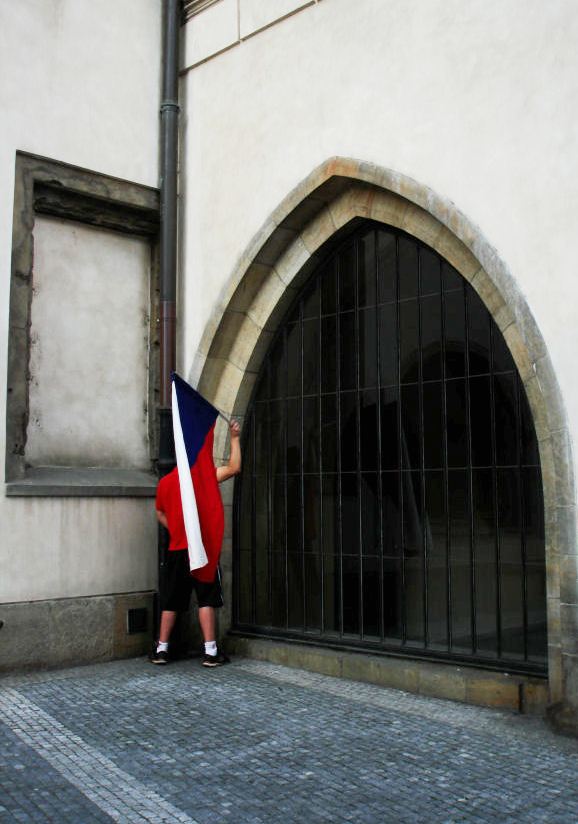

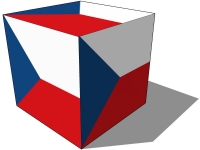
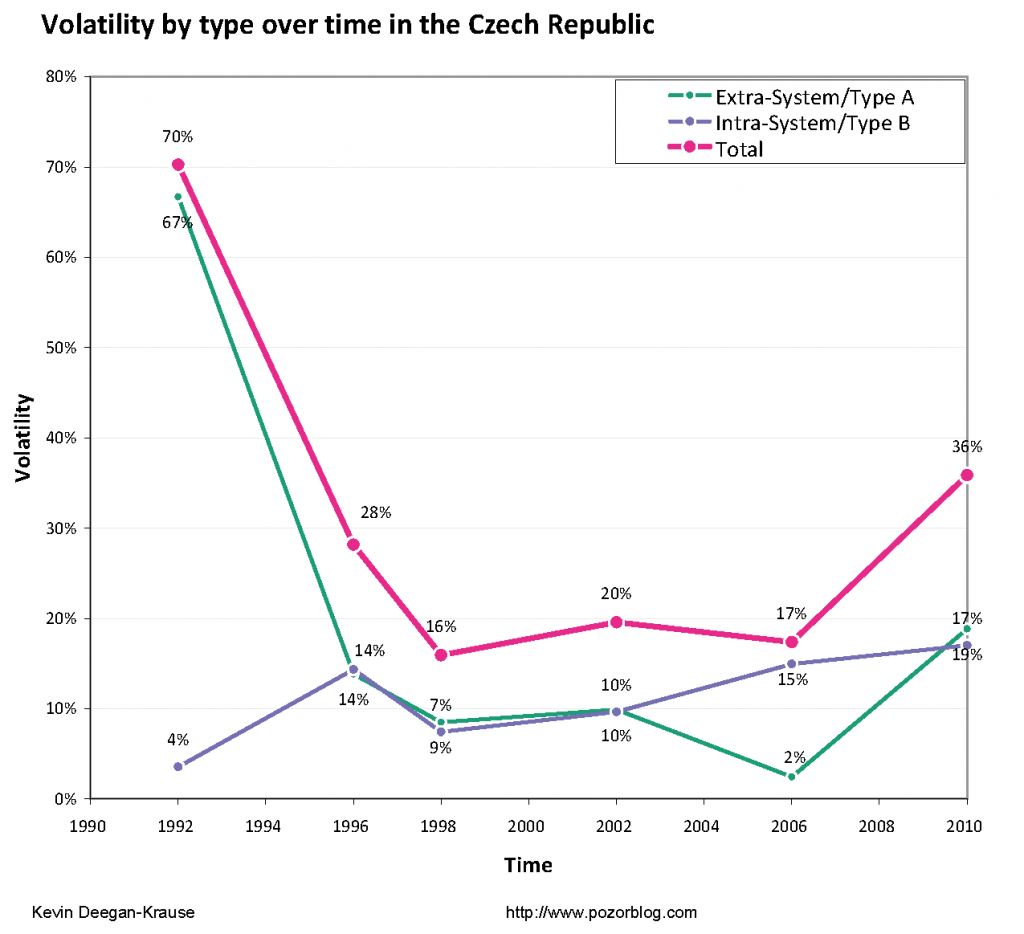
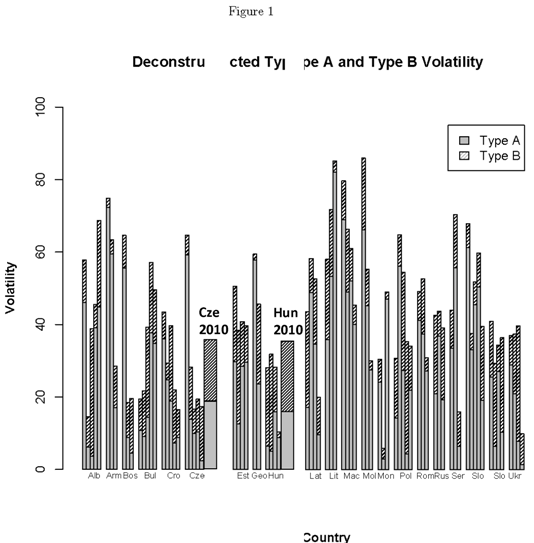
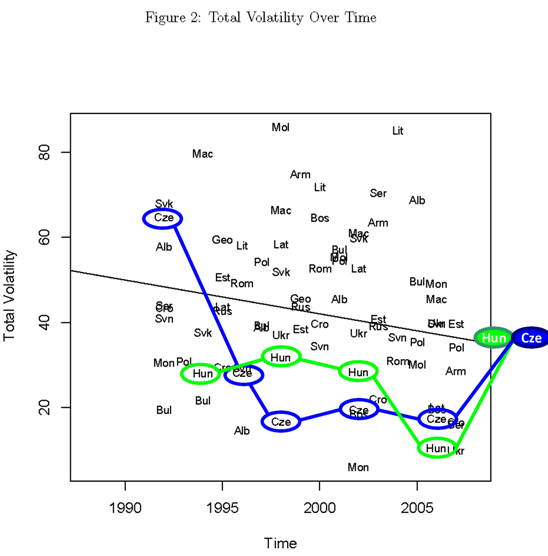
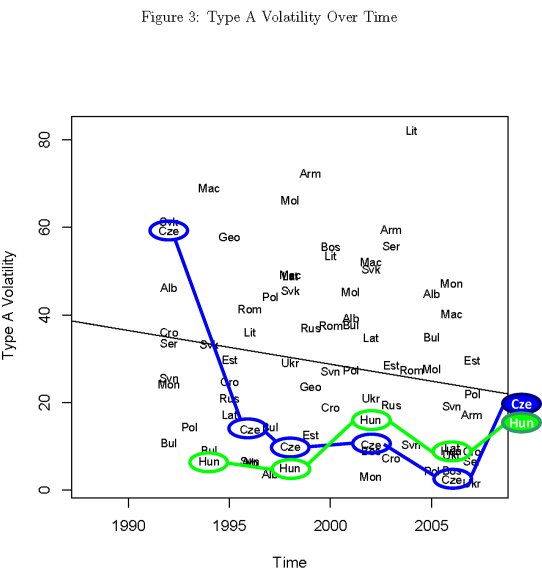
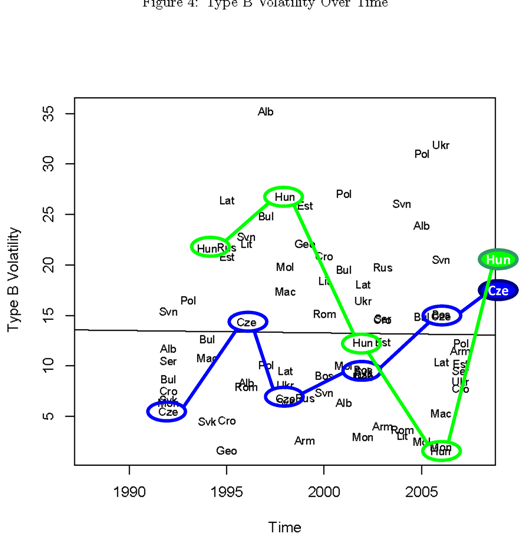
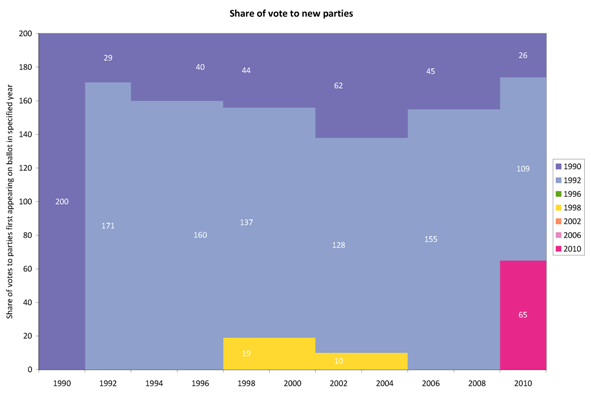
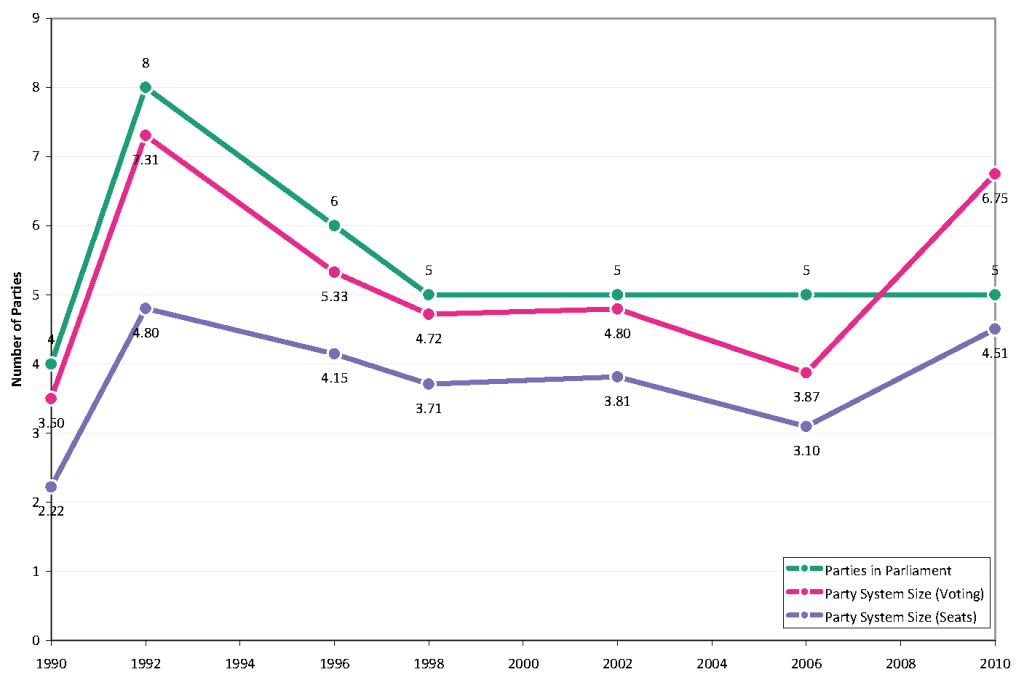
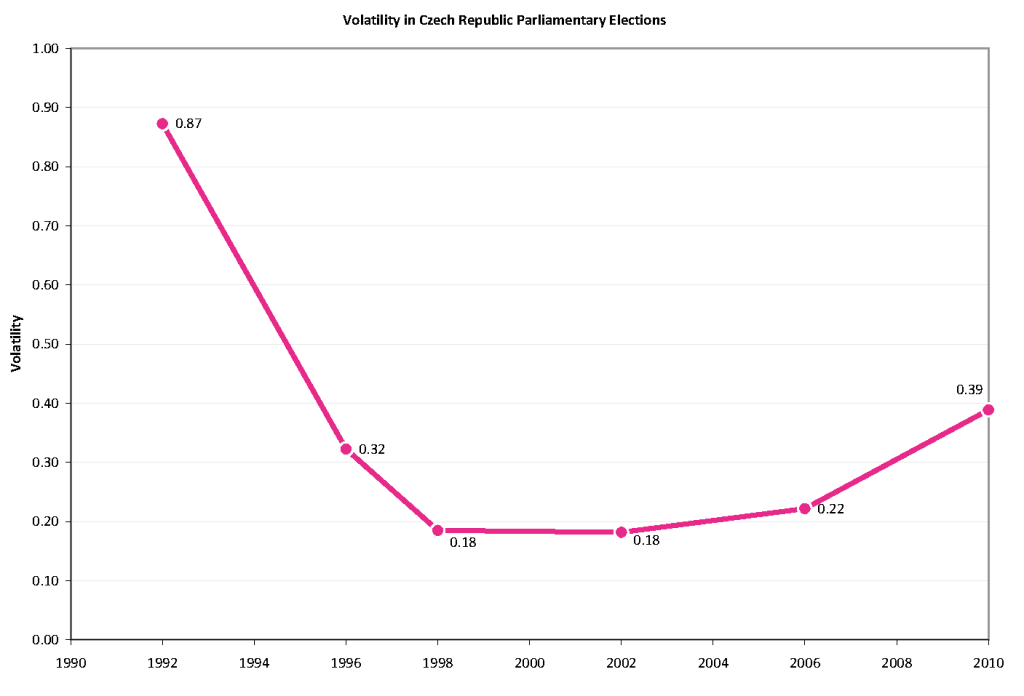
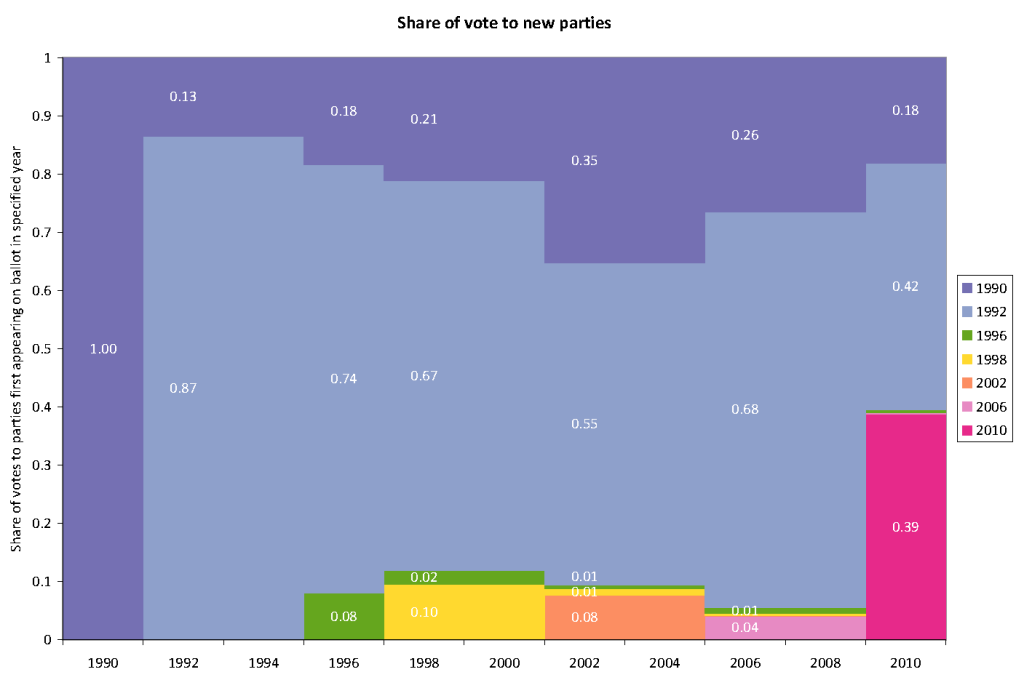
 The smiling gentleman pictured here–
The smiling gentleman pictured here– Thanks to the timing of my students’ exams, piles of undergraduate dissertations to mark and other exciting administrative tasks, I arrived in the Czech Republic late on Wednesday with just one day of campaigning to go. As my wife is a native of Prague the first duty (and pleasure) whenever we visit the Czech Republic is to meet up with the family. In a local watering-hole in the shadow of the Staropramen brewery, with the golden beer quenching our thirst, the debate begins.
Thanks to the timing of my students’ exams, piles of undergraduate dissertations to mark and other exciting administrative tasks, I arrived in the Czech Republic late on Wednesday with just one day of campaigning to go. As my wife is a native of Prague the first duty (and pleasure) whenever we visit the Czech Republic is to meet up with the family. In a local watering-hole in the shadow of the Staropramen brewery, with the golden beer quenching our thirst, the debate begins.


 After lingering for awhile I decide to leave and start walking back to Andel to take the tram back to the in-laws. A few hundred metres from the VV stall a German family with three young children are walking in the same direction as me. They probably know little about Czech political dinosaurs or Radek John, but they are really enjoying the taste of the candy floss. Not everything in Czech politics has such a bitter taste, but the tastiest things are sometimes the offerings of the new to the ignorant.
After lingering for awhile I decide to leave and start walking back to Andel to take the tram back to the in-laws. A few hundred metres from the VV stall a German family with three young children are walking in the same direction as me. They probably know little about Czech political dinosaurs or Radek John, but they are really enjoying the taste of the candy floss. Not everything in Czech politics has such a bitter taste, but the tastiest things are sometimes the offerings of the new to the ignorant.
